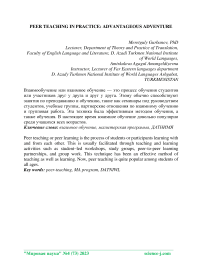Peer teaching in practice: advantageous adventure
Автор: Gurbanov M., Amirkulova A.A.
Журнал: Мировая наука @science-j
Рубрика: Основной раздел
Статья в выпуске: 4 (73), 2023 года.
Бесплатный доступ
Peer teaching or peer learning is the process of students or participants learning with and from each other. This is usually facilitated through teaching and learning activities such as student-led workshops, study groups, peer-to-peer learning partnerships, and group work. This technique has been an effective method of teaching as well as learning. Now, peer teaching is quite popular among students of all ages.
Peer-teaching, ma program, datniwl
Короткий адрес: https://sciup.org/140299356
IDR: 140299356 | DOI: 10.46566/2541-9285_2023_73_12
Текст научной статьи Peer teaching in practice: advantageous adventure
MA scholars of the faculty of the Advanced Training, group MA 101 recently held a series of Peer-Teaching sessions
Dovletmammet Azadi Turkmen National Institute of World Languages started its first Master’s degree programme in Methods of Teaching Foreign Languages in 2020-21 academic year. The next year MA programme opened its gates to the candidates who wanted to pursue their masters’ degree in Psychological and Pedagogical Education. Both of the programmes adapted courses from international experience. In each term, they have lectures, practical classes and as a part of their Fall-Term self-studies.
self-studies. Master’s degree scholars of Methods of Teaching Foreign Languages programme, faculty of the Advanced Training, MA-101, recently held a series of Peer-Teaching sessions as a part of their Fall-Term self-studies.
What is Peer Teaching?
Peer teaching or peer learning is the process of students or participants learning with and from each other. This is usually facilitated through teaching and learning
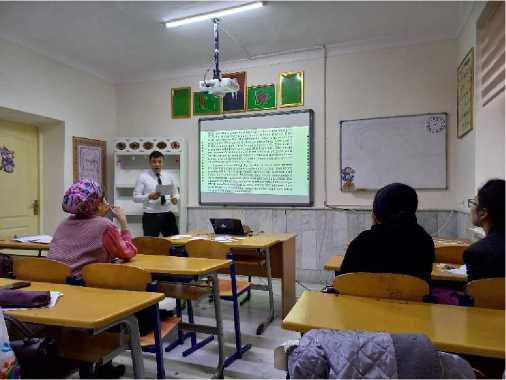
activities such as student–led workshops, study groups, peer-to-peer learning partnerships, and group work. This technique has been an effective method of teaching as well as learning. Now, peer teaching is quite popular among students of all ages. Based on our previous experience with BA students, we may say that we have a wealth of evidence that peer teaching is extremely effective for a wide range of goals, content, and students of different levels and personalities. In our experience, it involves one student teaching other students in a particular subject area and builds on the belief that “to teach is to learn twice”
Some benefits include development of student collaboration and communication skills, enhancement of student confidence and the ability to take control of their own learning. Students feel more comfortable working with their peers, so may interact and engage in reflection and explore ideas more deeply than in a teacher led environment.
The benefits of Peer Teaching is not limited to the above-mentioned ones.
Main Benefits of Peer Teaching:
Peer teaching is a set of strategies in which students serve as both teachers and learners. Typically, students serving as “teacher” at any given time follow directions regarding what and how to interact with the student serving as the “learner”. It enhances the students’ level of creativity in expressing ideas as well as in grabbing new concepts, as they may not feel hesitant to clear their queries. This will also uplift their knowledge limit and thus allow a greater level of
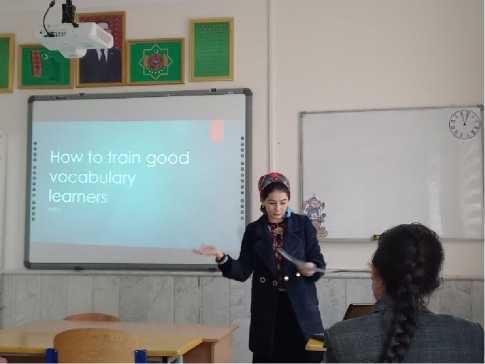
understanding. Feeling at ease with a peer tutor, allows participants to concentrate better on the tasks of the lesson, which may transfer into higher achievements in the future. To an extent, they will start questioning own doubts, and will later find a way to resolve it themselves, which will enable the students to improve their critical thinking.
Peer teaching involves direct interaction between the learner student and the teacherstudent, this will help them to promote the active learning along with interpersonal skills, with which they can actually bid adieu to the so-called “boring lectures and classes”.
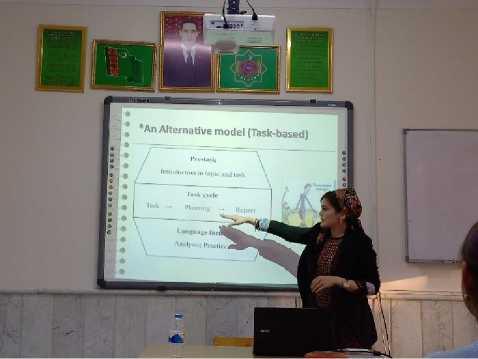
It will ease the teacher’s burden of responsibility because he is sharing his duties with the participants of the course, which are beneficial to them. However, on the other side, it will increase the teacher’s role in monitoring and administering the participants’ interactions.
In peer instruction, instructors pose a challenging question to audience, they answer
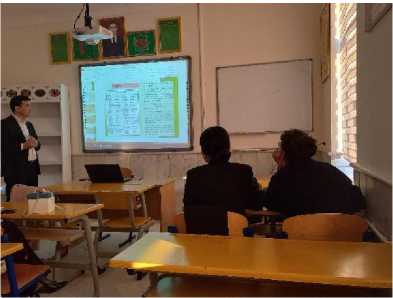
the question individually, work with a partner in the class to discuss their answers, and finally answer the question again. A large body of evidence shows that peer instruction benefits student learning. To determine the mechanism for these benefits, we collected semester-long data from MA in Methods of Teaching Foreign Languages programme, involving all the participants being asked to prepare a set of multiple choice questions (MCQ) related to their course content. For each set of questions, participants prepared their answer individually, reported their confidence, discussed their answers with their partneraudience, and then indicated their possibly revised answer and confidence again. Overall, students were more accurate and confident after discussion than before.
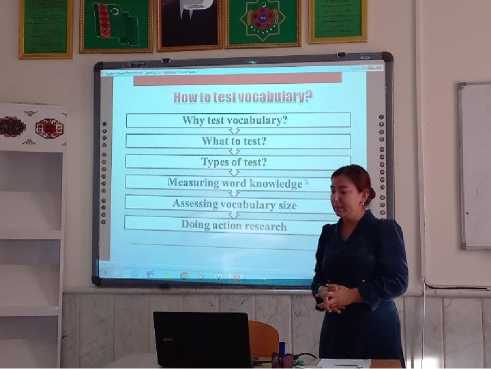
What are the assessment criteria for Peer Teaching?
Peer teaching is one of the best ways to master a particular subject. It is a method of teaching, where a student teacher instructs other students. Of course, in this case the observation and assessment of the class should be objective. In order to involve the audience in the assessment process, the instructor of the course developed a set of assessment criteria. This set of assessment criteria were discussed and decided in advance with the participants. They are:
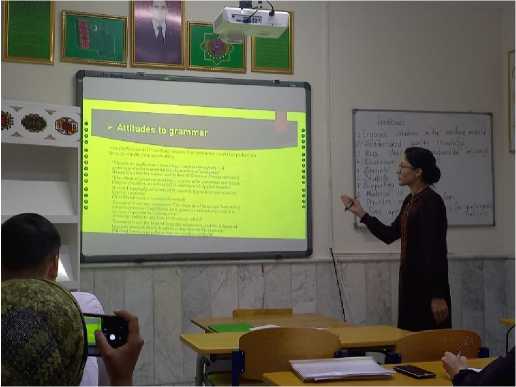
1-Audience engagement in the teaching material;
2-Demonstrating quality knowledge;
3-Use clear and understandable language;
4-Classroom management;
5-Audience interaction;
6-Audience motivation;
7-Supporting learning;
8-Use of practical material;
9-Provide enough information;
10-Give appropriate and constructive feedback
Based on the above-mentioned criteria, audience of the lesson asses their peer’s performance. We believe that this type of anonymous assessment was objective and unbiased.
Conclusion
Peer instruction is widely used in education across many universities. Here, we examine how peer instruction, or discussing one’s answer with a peer, affects students’ decisions about a class assignment. In this process, students answered a question, discussed their answer with a peer
, and finally answered the question again. Students’ accuracy consistently improved through discussion with a peer. Our peer instruction data show that students were hesitant to switch away from their initial presentation and that students did consider both their own confidence and their partner’s confidence when making their final decision. More broadly, the data reveal that peer discussion helped students select the correct answer by prompting them to create new knowledge. The benefit to student accuracy that arises when students discuss their answers with a partner is a “process gain”, in which working in a group generates better performance than can be predicted from individuals’ performance alone.
Peer teaching can enhance learners in many ways. During our peer teaching experience, MA scholars had to take responsibility for reviewing, organizing, and consolidating existing knowledge and material; understanding its basic structure; filling in the gaps; finding additional meanings; and reformulating knowledge into new conceptual frameworks. Being a very successful and effective practice methodology, peer teaching helped our students increase their academic and social skills. As they had to evaluate their peers’ teaching skills and content anonymously, it has proven to be objective and empirical.
Список литературы Peer teaching in practice: advantageous adventure
- Boud, D. (2001). Making the move to peer learning. In Boud, D., Cohen, R. & Sampson, J. (Eds.) (2001). Peer Learning in Higher Education: Learning from and with each other. London: Kogan Page (now Routledge), 1-20.
- Griffiths, S., Houston, K. & Lazenbatt, A. (1995) Enhancing Student Learning Through Peer Tutoring in Higher Education, Coleraine: Educational Development Unit, University of Ulster.
- Gurbanov, M. (2022). Lecture -7: The Methods of Organization of Independent Work. D. Azadi Turkmen National Institute of World Languages.
- Stein, R. F. & Hurd, S. (2000). Using Student Teams in the Classroom: A Faculty Guide. Bolton, MA: Anker Publishing Company Inc.
- Topping, K., & Ehly, S. (1998). Peer-assisted learning. Mahwah: Lawrence Erlbaum Associates.

